Introduction to the Microplate Reader
Overview
The microplate reader is a multimodal instrument that allows for a variety of experiments to be performed and measured simultaneously. Microplate readers can make absorbance, fluorescence and luminescence measurements. Multiwell plates are integral to the microplate reader and allow for many experiments to be performed at once. Regardless of the assay type, experiments on the plate reader utilize a standard curve to determine the experimental values. This curve uses samples of known concentration to generate a line of best fit or standard curve. Experimental values are then extrapolated to the curve or are calculated using the equation from the linear regression. Besides standards and samples being run on the multiwall plate, the blank along with positive and negative controls are also used in the assay to ensure it is working correctly. Multiplate readers are used to quantify protein, gene expression and various metabolic processes such as reactive oxygen species and calcium flux.
Procedure
The microplate reader is a widely-used instrument that allows for many samples to be simultaneously measured, as if many miniscule experiments were being performed at the same time.
This apparatus is used in conjunction with multiwell plates, like the 96 well plate.
Regardless of the type of experiment run with the microplate reader, standard curves are often used to determine the value of experimental samples, as well as positive and negative controls.
Microplate readers
Tags
Skip to...
Videos from this collection:
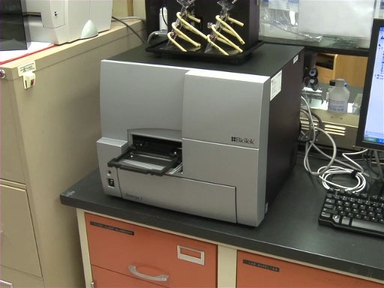
Now Playing
Introduction to the Microplate Reader
General Laboratory Techniques
126.7K Views
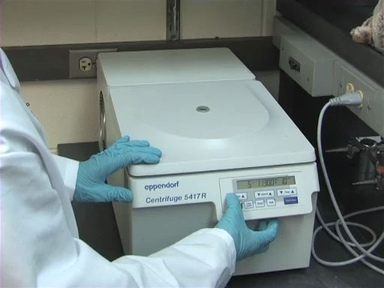
An Introduction to the Centrifuge
General Laboratory Techniques
488.3K Views
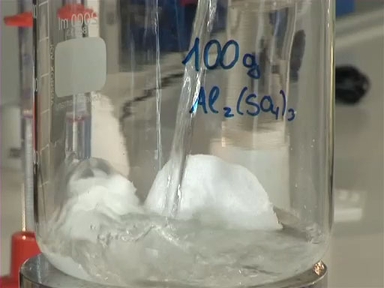
Understanding Concentration and Measuring Volumes
General Laboratory Techniques
216.0K Views
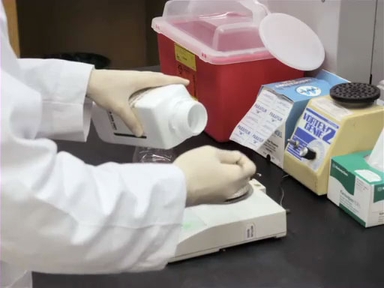
Making Solutions in the Laboratory
General Laboratory Techniques
211.4K Views
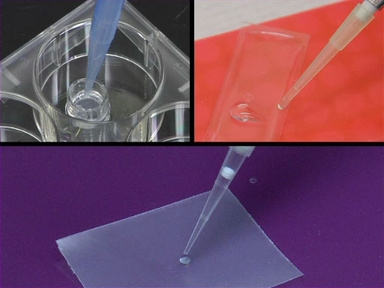
An Introduction to the Micropipettor
General Laboratory Techniques
584.2K Views
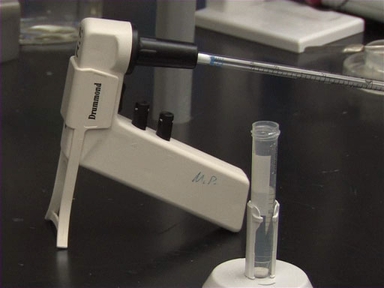
Introduction to Serological Pipettes and Pipettors
General Laboratory Techniques
219.1K Views
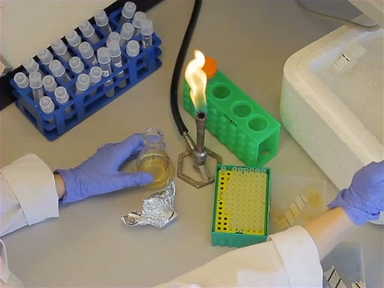
Introduction to the Bunsen Burner
General Laboratory Techniques
207.2K Views
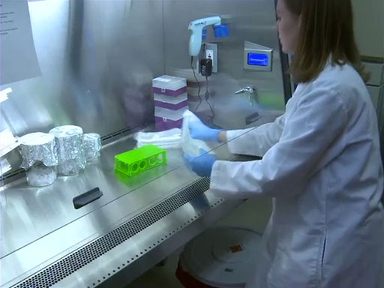
An Introduction to Working in the Hood
General Laboratory Techniques
151.3K Views
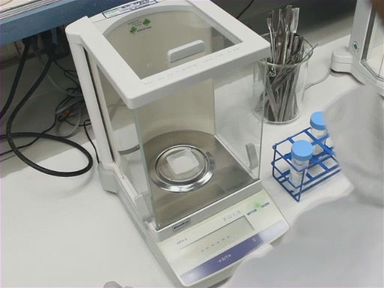
Measuring Mass in the Laboratory
General Laboratory Techniques
170.9K Views
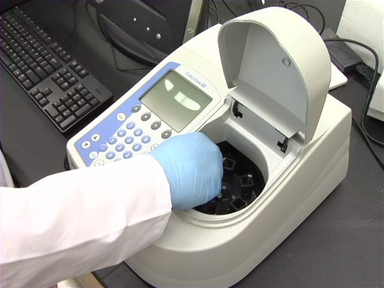
Introduction to the Spectrophotometer
General Laboratory Techniques
518.2K Views
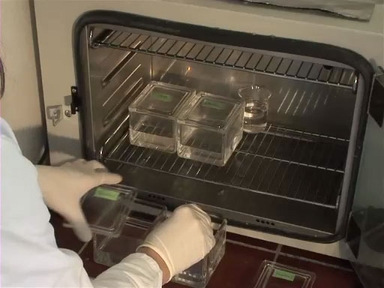
Histological Sample Preparation for Light Microscopy
General Laboratory Techniques
240.3K Views
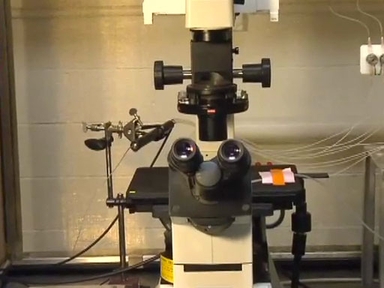
Introduction to Fluorescence Microscopy
General Laboratory Techniques
349.9K Views
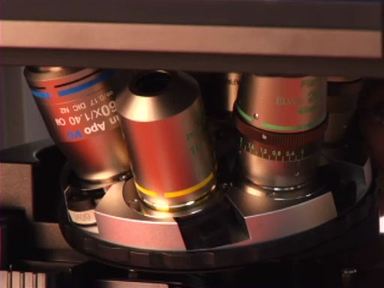
Introduction to Light Microscopy
General Laboratory Techniques
815.1K Views

Regulating Temperature in the Lab: Preserving Samples Using Cold
General Laboratory Techniques
65.7K Views
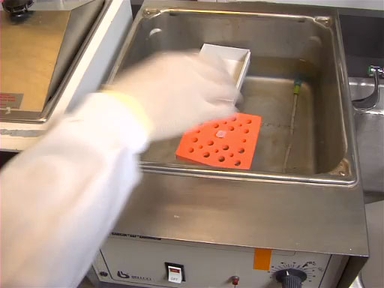
Regulating Temperature in the Lab: Applying Heat
General Laboratory Techniques
81.3K Views
Copyright © 2025 MyJoVE Corporation. All rights reserved